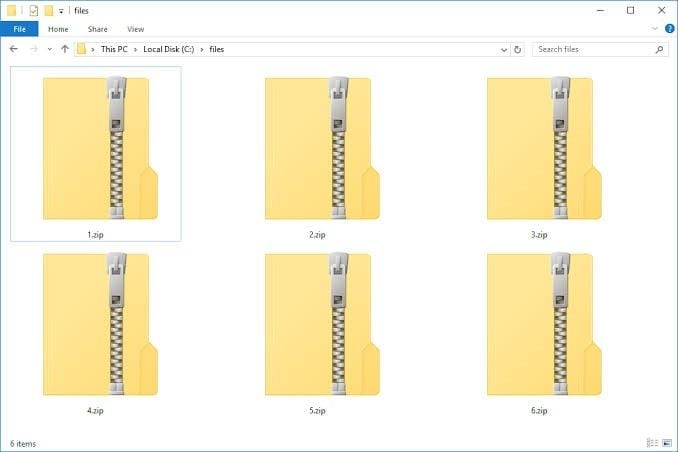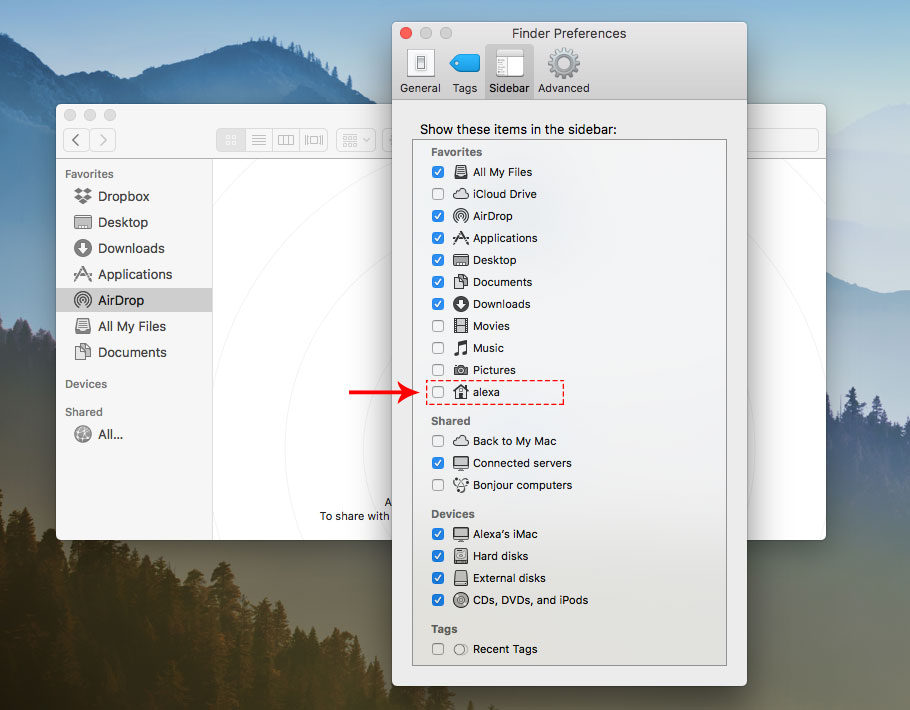

- Opening zip folder how to#
- Opening zip folder pdf#
- Opening zip folder zip file#
- Opening zip folder archive#
Opening zip folder how to#
Here's how to encrypt zip files using BetterZip: In fact, you can set BetterZip up to encrypt all files by default! It uses strong AES-256 encryption, and has the same lossless compression you'll find with any zipping method. There's a much better way!īetterZip is an app that makes compression and encryption a breeze.

We should note this method is clunky, a bit confusing for many – and dealing with Terminal is always a bit nerve-wracking. The encrypted file will then appear on your desktop.
Opening zip folder archive#
Archive Utility doesn't allow for this, but you can use the Terminal to accomplish this feat.
Opening zip folder zip file#
Now that you know how to create a zip file on Mac, you may be wondering how to encrypt that zipped file. When the compression is finished, zipped items will be stored in a file called Archive.zip, which will be located in the same folder as the original items.
Opening zip folder pdf#
We use zip files for sending large files and bundles of PDF or text files, but it's now used as a method to send large folders of images as well as for downloading applications or games from the internet. Zipping files is a time-tested method, and is largely unchanged. It uses the '.zip' filename, and its icon is typically a folder with a zipper running up the middle. If you've ever downloaded an app or extension directly from a developer website, chances are it was a zipped file. You often encounter zip files in emails, as mentioned, but also when downloading from the internet.

What is a Zip file?Ī zip file is a lossless way to compress and archive files and folders. Below, we are going to explore how to unzip files on Mac, how to create zip archives, and showcase some archivers that make it really easy to zip and manage zipped files. How do you open a zip file on a Mac? Or what's the best way to do that? There are, of course, several methods for creating archives, such as built-in utilities, Terminal, and third-party apps.


 0 kommentar(er)
0 kommentar(er)
